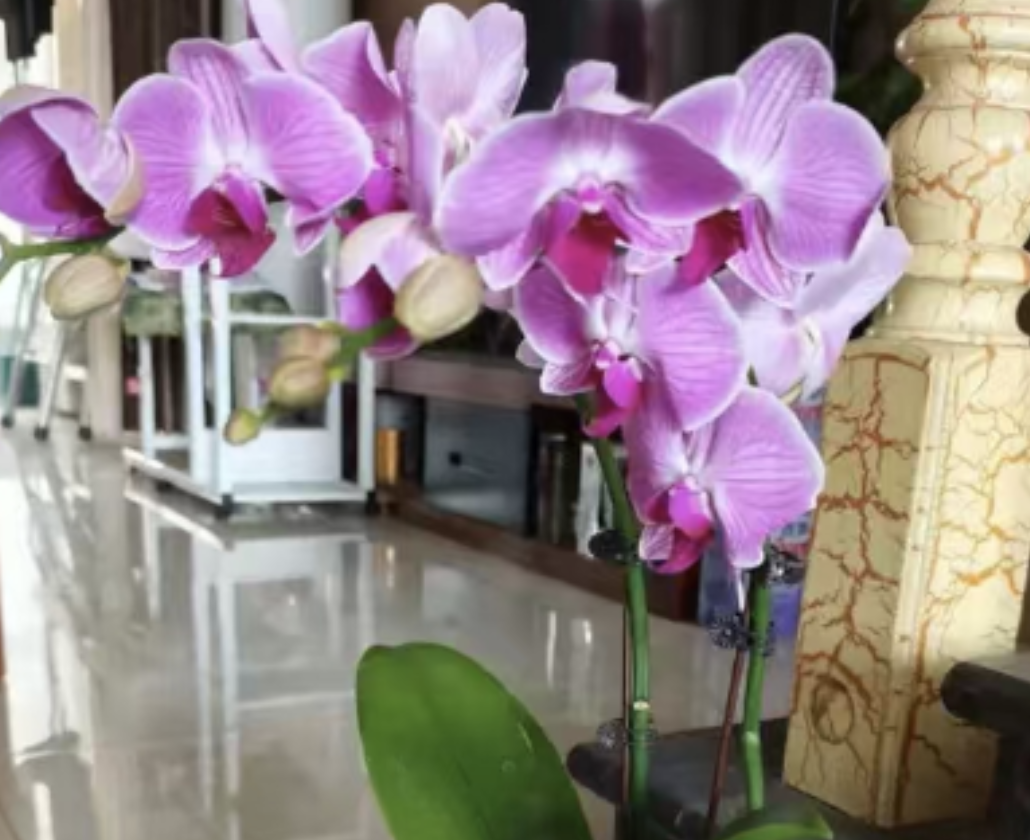Friends who like making dumplings all know cilantro. It is also named coriander, eryngo, elsholtzia, and dense-flowered elsholtzia, etc. It was first recorded in 119 BC in the Western Han Dynasty. It is native to Central Asia and Southern Europe, or the Near East and the Mediterranean region. The tender stems and fresh leaves of cilantro all have an appetizing fragrance, and it is one of the commonly used side dishes in cooking.
Cilantro is an annual herbaceous plant of the genus Coriandrum in the Umbelliferae family. It can be planted everywhere. In the flower market, it is common in spring and autumn, mainly maintained in pots and cultivated by seeds. In terms of care, cilantro likes a cool climate, is not heat-tolerant but cold-tolerant, and its suitable growth temperature is 17 to 20 degrees Celsius. If the overall environment is higher than 20 degrees Celsius, its growth will start to slow down, and it will enter dormancy and stop growing at 30 degrees Celsius in hot summer. Therefore, after buying it back, it is recommended to plant it on the balcony on the shady side. In terms of soil, ordinary garden soil is fine. Just follow the principle of loose soil with strong fertilizer and water retention. Later, watering following the principle of "watering when the soil is almost dry" can make it grow well.
If you buy seeds in the flower market, the preferred sowing time is autumn and spring. Among them, spring is from March to April. At this time, the temperature gradually rises, which is conducive to the germination of its seeds and the growth of seedlings. In autumn, from August to October, the climate is relatively cool and the sunlight is sufficient, which is the growth environment that cilantro likes. Sowing at this time is also conducive to the growth and development of cilantro, and there are relatively few pests and diseases.
So, what should be noted when sowing? Before sowing, you can break open the outer skin of the cilantro seeds first. There are methods of direct sowing of dry seeds or sowing after germination. For the former, bury the dry seeds in the soil about 1 centimeter deep, and water them in time after sowing to maintain the temperature and humidity. If you choose to sow after germination, you should first soak the seeds with the broken outer skin in water for 24 hours, then wrap them with a wet cloth, and place them in an environment of 20 degrees Celsius for germination. Wait for about 3 to 4 days before sowing. When the seedlings grow 3 to 4 leaves, they can be transplanted and maintained in pots, and the seedling distance can be set at 5 to 6 centimeters per bunch.
Is cilantro resistant to low temperatures?

Share with
Tagged in :




Leave a Reply